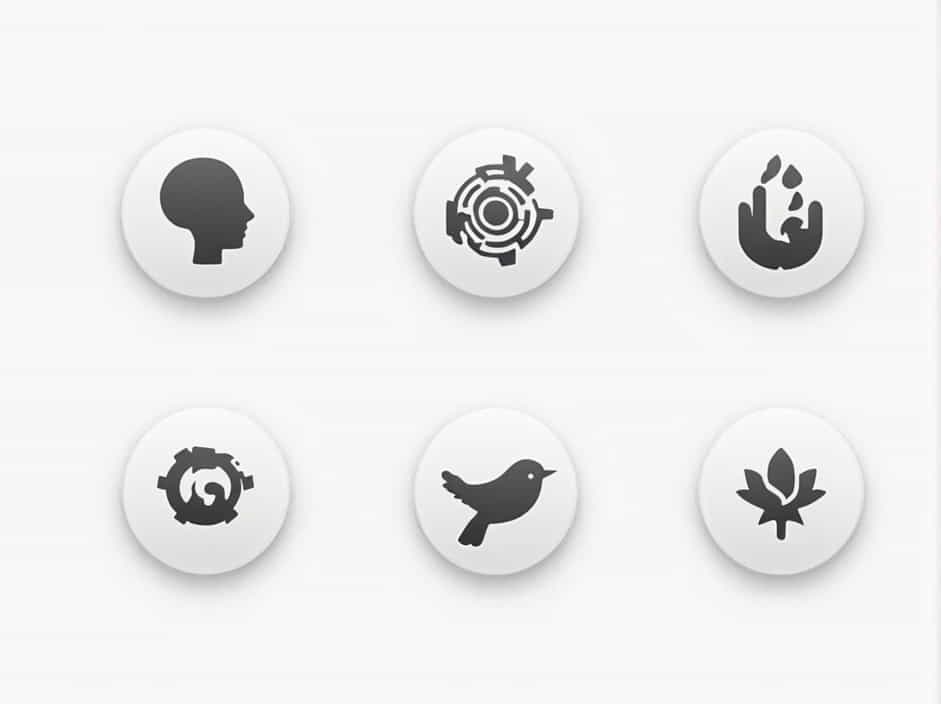Romanticism was a powerful intellectual and artistic movement that emerged in the late 18th century and peaked in the 19th century. It emphasized emotion, individualism, nature, and imagination over logic and reason. Romanticism influenced literature, art, music, and philosophy, shaping the way people viewed the world.
But what exactly does Romanticism mean? This topic explores its key characteristics, historical context, major themes, and lasting impact.
1. The Origins of Romanticism
Historical Background
Romanticism developed as a reaction against the Age of Enlightenment, which emphasized reason, logic, and scientific progress. While the Enlightenment valued rational thought and order, Romanticism embraced emotion, passion, and the beauty of nature.
Several historical events influenced the rise of Romanticism:
- The Industrial Revolution – Rapid industrialization changed society, leading many to long for a return to nature.
- The French Revolution – Inspired ideals of freedom, individualism, and heroism, which became central to Romanticism.
- The Rise of Nationalism – Romantic artists and writers celebrated their national history, folklore, and culture.
Key Romantic Thinkers and Artists
Romanticism was led by writers, poets, painters, and musicians who sought to express deep emotions and a connection to nature. Some of the most famous figures include:
- William Wordsworth (poet) – Focused on nature and ordinary life.
- Lord Byron (poet) – Created passionate and rebellious characters.
- Mary Shelley (author) – Wrote Frankenstein, blending horror and deep emotion.
- Caspar David Friedrich (painter) – Depicted dramatic landscapes with deep symbolism.
- Ludwig van Beethoven (composer) – Expressed intense emotions through music.
2. Key Characteristics of Romanticism
1. Emphasis on Emotion and Imagination
Romanticism valued strong emotions, creativity, and personal expression. Romantic poets and artists believed that emotions such as love, sadness, awe, and longing were essential to understanding life. They saw imagination as more powerful than logic.
Example: John Keats’ poetry focused on beauty, love, and the intensity of human experience.
2. Celebration of Nature
Romanticism viewed nature as a source of inspiration, beauty, and truth. Many Romantic writers saw nature as pure and spiritual, contrasting with the corruption of industrial society.
Example: William Wordsworth’s poems describe nature as a place of peace and personal reflection.
3. Focus on Individualism
Romantics celebrated the individual’s emotions, experiences, and inner struggles. They rejected social norms and encouraged people to follow their passions and intuition.
Example: Lord Byron’s Byronic hero – a passionate, rebellious, and flawed character who follows his own path.
4. Fascination with the Supernatural and the Mysterious
Romantics were interested in mystery, dreams, and the supernatural. Many stories featured ghosts, gothic settings, and strange occurrences.
Example: Mary Shelley’s Frankenstein explores science, horror, and the unknown.
5. Nostalgia for the Past
Romanticism often looked back at medieval times, myths, and legends, seeing them as more exciting and heroic than the modern world.
Example: Sir Walter Scott’s historical novels celebrated medieval knights and chivalry.
3. Romanticism in Literature
Romantic Poetry
Romantic poetry is deeply emotional, personal, and inspired by nature. Some of the greatest Romantic poets include:
- William Wordsworth – Focused on the beauty of nature and the emotions of everyday life.
- Samuel Taylor Coleridge – Wrote The Rime of the Ancient Mariner, a supernatural tale full of mystery.
- John Keats – Explored love, mortality, and beauty in works like Ode to a Nightingale.
Romantic Novels
Romantic novelists often explored intense emotions, gothic horror, and deep philosophical ideas.
Famous Romantic novels include:
- Mary Shelley’s Frankenstein – A mix of science fiction and gothic horror, questioning human ambition and morality.
- Emily Brontà«’s Wuthering Heights – A passionate love story filled with wild emotions and dark settings.
4. Romanticism in Art and Music
Romantic Art
Romantic painters captured dramatic landscapes, emotional scenes, and mysterious themes. Some famous Romantic artists include:
- Caspar David Friedrich – Painted lonely figures in vast landscapes, symbolizing the power of nature.
- Francisco Goya – Created dark, mysterious paintings, including The Third of May 1808, showing human suffering.
Romantic Music
Romantic composers expressed deep emotion through dramatic melodies and powerful orchestras. Some key Romantic composers include:
- Ludwig van Beethoven – His Symphony No. 9 is full of passion and intensity.
- Frédéric Chopin – Known for his expressive piano music.
- Richard Wagner – Created operas inspired by mythology and heroism.
5. The Legacy of Romanticism
Influence on Modern Culture
Romanticism still influences art, literature, and philosophy today. Many modern books, movies, and songs focus on deep emotions, individual struggles, and the beauty of nature.
Examples:
- Fantasy novels like The Lord of the Rings are inspired by Romantic ideas of heroism and myth.
- Music genres like rock and alternative express deep emotions and rebellion, similar to Romanticism.
Romanticism vs. Realism
After Romanticism, a new movement called Realism emerged. While Romanticism focused on emotions and imagination, Realism emphasized everyday life and facts. However, Romantic ideas still remained strong in art and literature.
Romanticism was more than just an artistic movement; it was a philosophy of life that emphasized emotion, nature, and individualism. It rejected logic and embraced creativity, passion, and mystery.
Even today, Romanticism inspires people to follow their hearts, appreciate beauty, and seek deeper meaning in life. Whether in books, music, or art, its influence remains powerful.
Romanticism teaches us that emotion is just as important as reason, and that imagination can lead us to greater truths.
